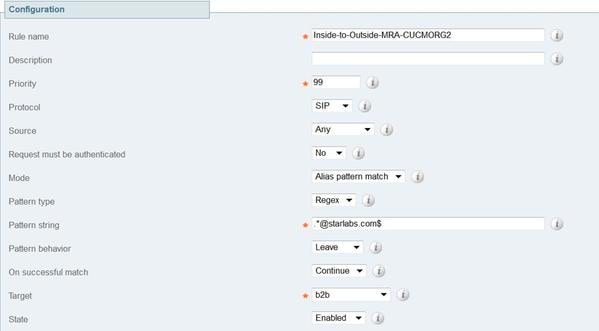

This is sent from the caller to the SIP server where it looks up the callee. This message contains the callee (SIP URI in the To field). SIP Invite Request - The SIP Invite starts the call establishment attempt.There are a few steps here, so let's cover them one-by-one in sequence. User-Agent: Nero SIPPS IP Phone Version 2.0.51.16 B: Call EstablishmentĬall establishment is where the magic happens. Optionally, an additional binding can be provided through the Contact field. It provides the location bindings through the To and From SIP URIs. The SIP Register request message is used for this. When a user agent (say a softphone) launches, it needs to register with a SIP server in order to be found by other user agents. There are four basic parts to establish a call: registration, call establishment, the VoIP call, and the call termination. Now that we have the basics down, let us put it all together for a SIP call flow to establish a VoIP call. User-Agent: Nero SIPPS IP Phone Version 2.0.51.16Īllow: INVITE, ACK, CANCEL, BYE, REFER, OPTIONS, NOTIFY, INFO The following lists common SIP response status codes. SIP Response Status CodesĪgain similar to HTTP, SIP responses provide status codes to indicate the result of a SIP request. The user is a unique user on a SIP gateway or server. The protocol can be sip or sips where the latter is secured with TLS. The SIP URI used in the To, From, and Contact header fields represents a user's SIP number. Table of SIP request methodsĬontains an address that is used to route back replies.Ĭontains the globally unique identification for this call using the caller's domain.Ĭontains the sequence number of this message for this SIP conversation.Ĭontains the SIP URI to be used for future requests for this caller.Ĭontains the content type for the message body.Ĭontains the byte count length for the message body. The first line of a SIP request message includes the Method type and the request URI which is the current destination of the request.

The most commonly used Methods are INVITE, ACK, BYE, and REGISTER which are used during voice calls. SIP borrows the Method field from HTTP to likewise determine the type of request. SIP starts with the Method line and then follows with several headers and possibly message content. Right away you can see the similarities to HTTP. SIP ArchitectureĪt its simplest, SIP architecture consists of SIP user agents and servers. Initially designed for voice communications, today it can manage instant messaging, video conferencing, and file transfers. But this required a new packet-based signaling protocol to be developed. With the advent of IP and packet-based networks, telephony traffic could be routed more efficiently and cheaply. With dedicated T1 channels, SS7 is able to provide high-quality voice communications, but at high cost due to the requirement of end-to-end dedicated channels. These networks use dedicated T1 channels for carrying telephony communications and signaling. Previous signaling protocol such as SS7 were designed for circuit-switched networks. A signaling protocol provides the control layer for communications such as the establishment and release of a voice call. $pcv(orig) 5.5.Definition: SIP, or session initiation protocol is a signaling protocol for IP-based telephony applications. append_rpid_hf(prefix, suffix) usage 1.32.

Set options_accept_language parameter 1.6. Set contact_flds_separator parameter 1.5.

Set options_accept_encoding parameter 1.4. Functions 4.1.Įncode_contact(encoding_prefix,hostpart) 4.17.


 0 kommentar(er)
0 kommentar(er)
